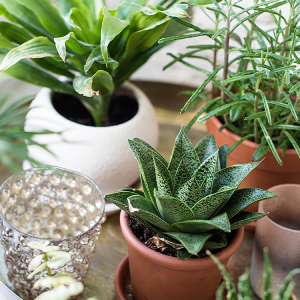
Plants
(n)The diet of peafowl generally consists of a variety of plants, insects and certain reptiles and amphibians.
View moreThe hippopotamus (Hippopotamus Amphibius), or hippo, ancient Greek for "river horse", is a large mammal in Africa that usually eats plants.
View moreMoreover, the Angkor Archaeological Park is very rich in medicinal plants, used by the local population for treatment of diseases.
View moreThe plants are prepared and then brought to different temple sites for blessing by the gods.
View moreHorses only eat plants, making them herbivores.
View moreEdible sea plants such as some seaweeds and microalgae are widely eaten as sea vegetables around the world, especially in Asia.
View moreSnow affects ecosystems, as well, by providing an insulating layer during winter under which plants and animals are able to survive the cold.
View moreSugar is found in the fibers of all plants, as a by-product of the process of photosynthesis.
View moreSugar is only found in high enough concentrations from two plants to make sugar crystals for food consumption: sugarcane and sugar beets.
View moreThe hippopotamus (Hippopotamus Amphibius), or hippo, ancient Greek for "river horse", is a large mammal in Africa that usually eats plants.
View moreMoreover, the Angkor Archaeological Park is very rich in medicinal plants, used by the local population for treatment of diseases.
View moreMoreover, the Angkor Archaeological Park is very rich in medicinal plants, used by the local population for the treatment of diseases.
View moreThey eat plants, insects, and small animals.
View moreThey get most of their water from the plants they eat.
View more